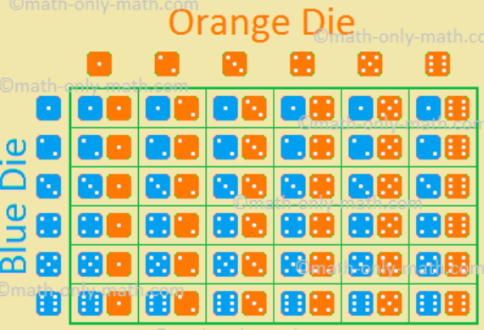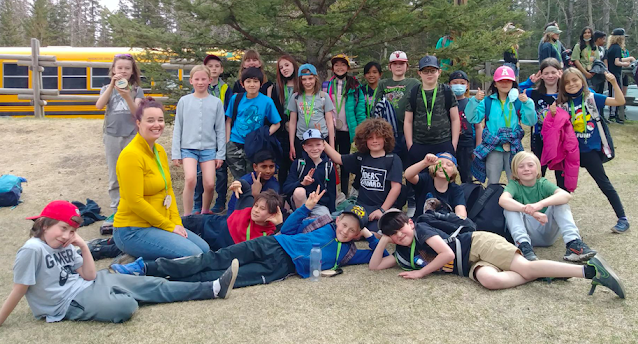Gr 5 Probability Quiz Tuesday

Grade 5 Math: I can use probability vocabulary to describe the likelihood of events; I can design an experiment to match a given probability We've had fun over the past couple of weeks playing games and discussing probability in Math. We've learned how to use the words: certain, likely, possible, unlikely, and impossible as a mathematician would. We've also designed spinners and marble experiments. Next week, Grade 5 students only will have a short quiz to assess their understanding. There are games posted on the Google Classroom that students can play if they feel they need to prepare at home.







